When it comes to healthy eating, we often focus on choosing the right foods—fresh vegetables, whole grains, lean proteins, and nutrient-dense snacks. But what many people don’t realize is that how you prepare your food is just as important as what you eat. Even the most wholesome ingredients can lose a significant portion of their nutritional value if they’re cooked improperly. From boiling broccoli until it’s mush to frying your way through a week of veggies, your kitchen habits could be quietly draining your meals of their most powerful health benefits.
The good news? You don’t need to overhaul your entire cooking routine to start making smarter choices. By identifying a few common missteps and swapping them for simple, effective fixes, you can preserve the vitamins, minerals, and antioxidants your body thrives on—without sacrificing taste or convenience. In fact, many of these tweaks take no extra time at all and can actually make your meals more flavorful and satisfying.
In this guide, we’re breaking down seven everyday cooking habits that are notorious for robbing your food of nutrients—and offering seven easy alternatives that help lock those nutrients in. Whether you’re a seasoned home chef or a busy weeknight cook, these tips will empower you to get the most out of every bite. From the pan to the plate, you’ll learn how to turn your kitchen into a true powerhouse of nutrition. Ready to transform the way you cook? Let’s dive into the habits that are draining your food—and the simple, science-backed methods that preserve its goodness instead. Your health (and your taste buds) will thank you.
1. Boiling Vegetables and Discarding the Water
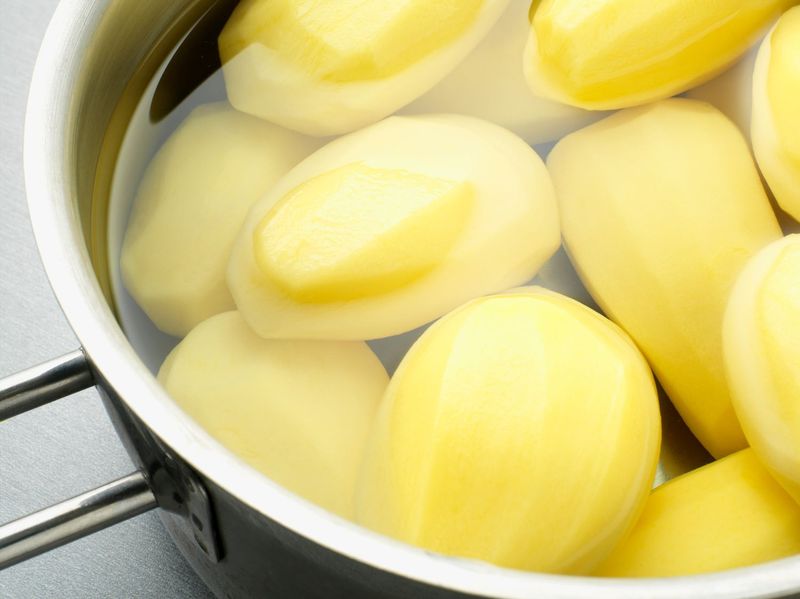
Dumping that pot of vegetable water down the drain? You’re literally pouring vitamins down the sink! Water-soluble vitamins like B and C eagerly jump ship from your veggies into the cooking water.
These nutrients aren’t particularly loyal to your carrots and broccoli when heat comes into play. Once dissolved, they’re gone forever if you discard the water.
The nutritional impact is significant—some vegetables can lose up to 70% of their vitamin C when boiled and drained. Your body deserves those nutrients, especially considering you paid good money for those vegetables in the first place!
2. Overcooking
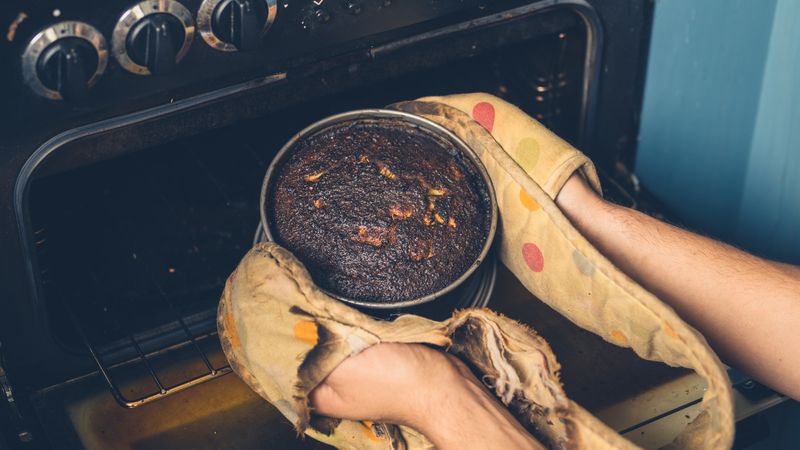
Remember those soggy, gray-green vegetables from school cafeterias? That’s overcooking at its worst! Extended heat exposure mercilessly destroys heat-sensitive vitamins, especially B-complex and vitamin C.
The longer food cooks, the more nutrients break down. Those bright colors fading? That’s visual evidence of nutrients vanishing right before your eyes.
Texture changes are another clue—when vegetables go from crisp to mushy, they’re not just losing their appealing bite, they’re losing their nutritional punch too. Even proteins suffer when cooked too long, becoming tougher and less digestible.
3. Using Excessive Water During Cooking
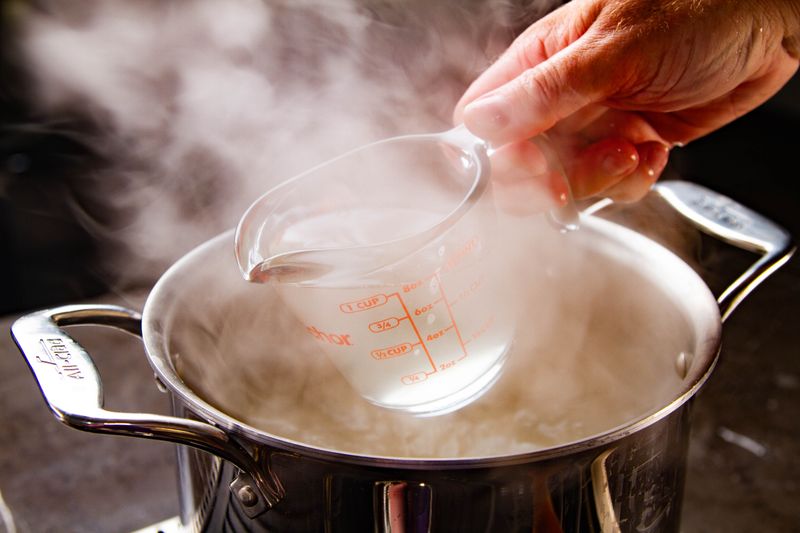
Picture your vegetables swimming in a giant pot of water—nutrients are literally floating away! Using excessive water during cooking creates the perfect escape route for water-soluble vitamins and minerals.
The science is simple: nutrients move from an area of high concentration (your food) to low concentration (the water). The more water you use, the more diluted these nutrients become, and the more you lose when draining.
This nutrient exodus happens with all foods cooked in water, not just vegetables. Grains, pasta, and even meat can lose valuable nutrients when boiled in large amounts of water.
4. Peeling Fruits and Vegetables
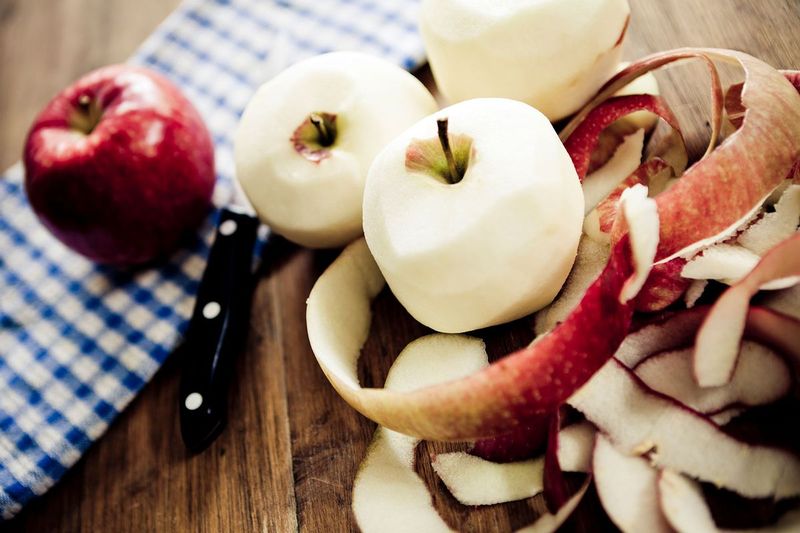
That potato peeler might be stealing your nutrients! The skins and outer layers of fruits and vegetables are nutritional goldmines, packed with fiber, minerals, and powerful plant compounds.
Apple peels contain up to six times the antioxidants of the flesh. Potato skins harbor most of the vegetable’s potassium and fiber. Even carrot peels are rich in phytonutrients that the inner core lacks.
Beyond missing out on nutrients, peeling creates unnecessary food waste. Those discarded skins and peels represent both lost nutrition and money literally thrown in the trash—a double economic and health penalty!
5. Cooking at High Temperatures with Unhealthy Oils

Sizzling food in unstable oils isn’t just bad for flavor—it’s a nutritional disaster! When certain oils hit high temperatures, they break down, creating harmful compounds while destroying beneficial nutrients in both the oil and your food.
Polyunsaturated oils like flaxseed, walnut, and some vegetable oils oxidize quickly at high heat. This chemical reaction not only damages the oil’s nutrients but can create free radicals that may contribute to inflammation in the body.
The smoke point matters tremendously—once oil starts smoking, it’s already breaking down. That burnt taste isn’t just unpleasant; it signals nutritional damage is occurring to your carefully prepared ingredients.
6. Reheating Food Multiple Times

That container of chili you’ve warmed up three times this week? Each reheat is diminishing its nutritional value! Multiple heating cycles gradually degrade nutrients, particularly heat-sensitive vitamins like folate and vitamin C.
The cumulative heat exposure breaks down cellular structures in food. Think of it as nutritional erosion—each warming session wears away a little more of the good stuff.
Beyond nutrient loss, repeated reheating can affect food safety and quality. Bacteria may multiply during cooling periods, and proteins can become tough and unappetizing after multiple trips to the microwave or stovetop.
7. Improper Storage of Fresh Produce
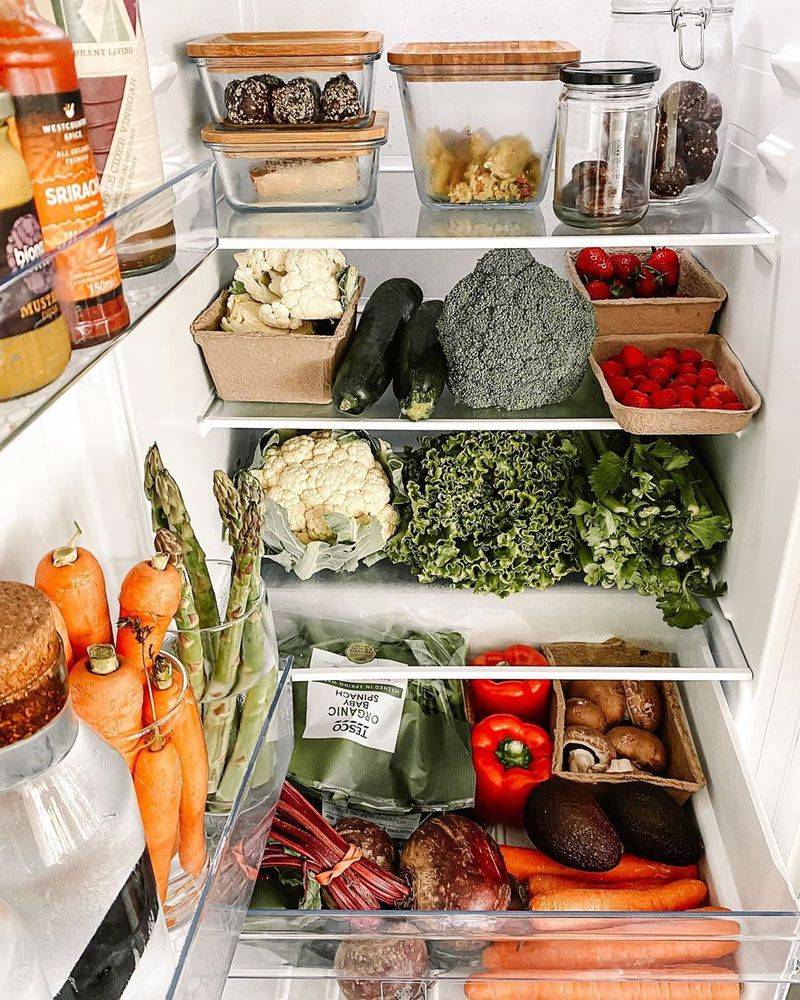
Those forgotten vegetables wilting in your crisper drawer aren’t just losing their looks—they’re hemorrhaging nutrients! Fresh produce begins losing vitamins the moment it’s harvested, with the decline accelerating when exposed to air, light, and heat.
Vitamin C is particularly vulnerable, with some vegetables losing up to 30% within three days of refrigeration. Even seemingly fresh-looking produce can have significantly diminished nutritional value if it’s been sitting around too long.
The journey from farm to table matters enormously. Locally grown produce typically retains more nutrients because it spends less time in transit and storage before reaching your kitchen.
1. Steaming
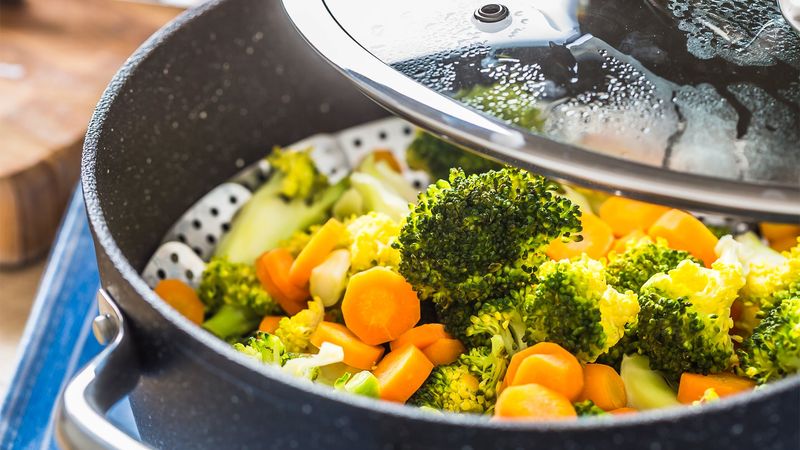
Steaming stands out as one of the gentlest ways to prepare vegetables without stripping them of their nutritional integrity. This method avoids the nutrient loss that occurs when foods are submerged in water, making it especially effective for preserving vitamin C and B vitamins.
Because the food never comes into direct contact with the boiling water, delicate phytonutrients and minerals remain largely intact. The short cooking time and even heat also help retain the bright color and firm texture of ingredients like broccoli, carrots, and leafy greens.
Another advantage of steaming is its versatility—you can use it for seafood, dumplings, and even fruits. With the right steamer setup, it’s easy to prepare flavorful meals while maximizing nutrition.
2. Microwaving with Minimal Water

Microwaving often gets a bad rap, but when done correctly, it’s surprisingly nutrient-friendly. By cooking food quickly and using very little water, this method limits vitamin loss that occurs with longer or wetter cooking techniques.
The key is to avoid overcooking. A quick zap in the microwave for vegetables like spinach, green beans, or cauliflower helps retain not just flavor and color but also critical antioxidants and enzymes.
Additionally, microwaving is incredibly convenient and energy-efficient. For anyone short on time but still interested in preserving their food’s health benefits, it’s a solid and often overlooked option.
3. Sautéing with Healthy Oils
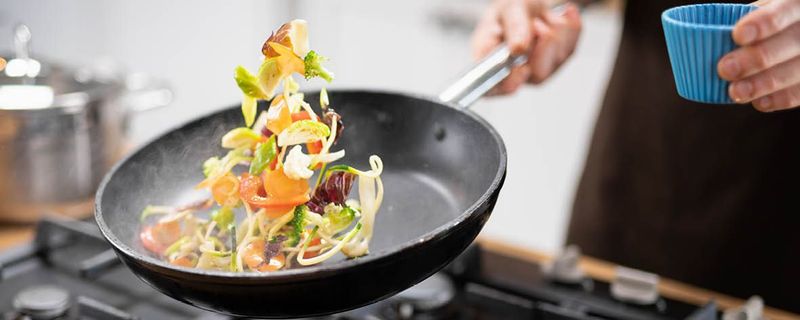
Quick and flavorful, sautéing brings out the best in vegetables while helping your body absorb fat-soluble nutrients. When done with heart-healthy oils like extra virgin olive or avocado oil, it also adds beneficial fats to your meal.
This technique involves high heat over a short time, which minimizes vitamin degradation while enhancing natural flavors. It’s particularly useful for cooking foods that benefit from a light crisp or caramelized texture, like zucchini, mushrooms, or bell peppers.
Beyond preserving nutrients, sautéing improves bioavailability. Vitamins A, D, E, and K require fat to be absorbed, and a light oil sauté ensures they don’t go to waste.
4. Blanching
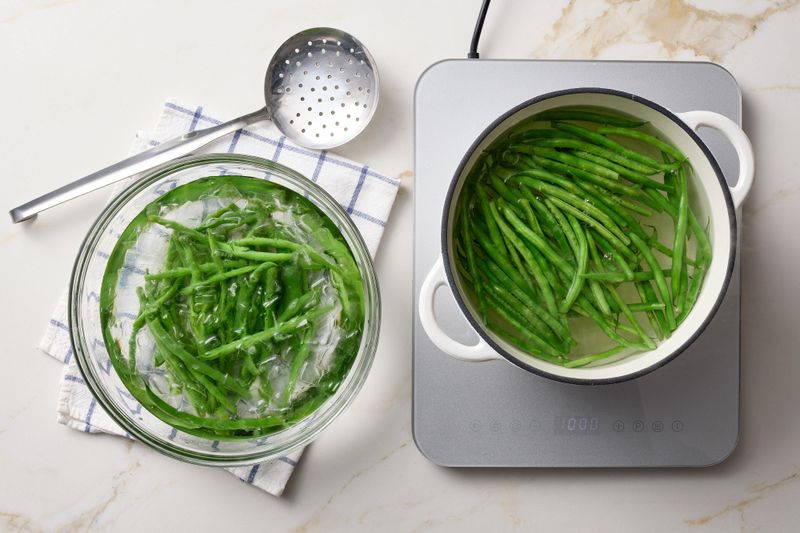
Blanching is a quick-cook method that’s as practical as it is nutrient-savvy. It involves boiling foods briefly, then plunging them into ice water to halt the cooking process. This technique is ideal for preserving both color and nutritional value.
It’s particularly effective for vegetables like green beans, asparagus, or tomatoes, locking in texture and flavor while reducing nutrient breakdown. The process also helps loosen skins for easy peeling—perfect for prepping batches of produce in advance.
Blanching is also a helpful first step before freezing vegetables. It helps preserve nutrients during storage and improves the final texture when reheated or added to recipes.
5. Cooking with Skins On
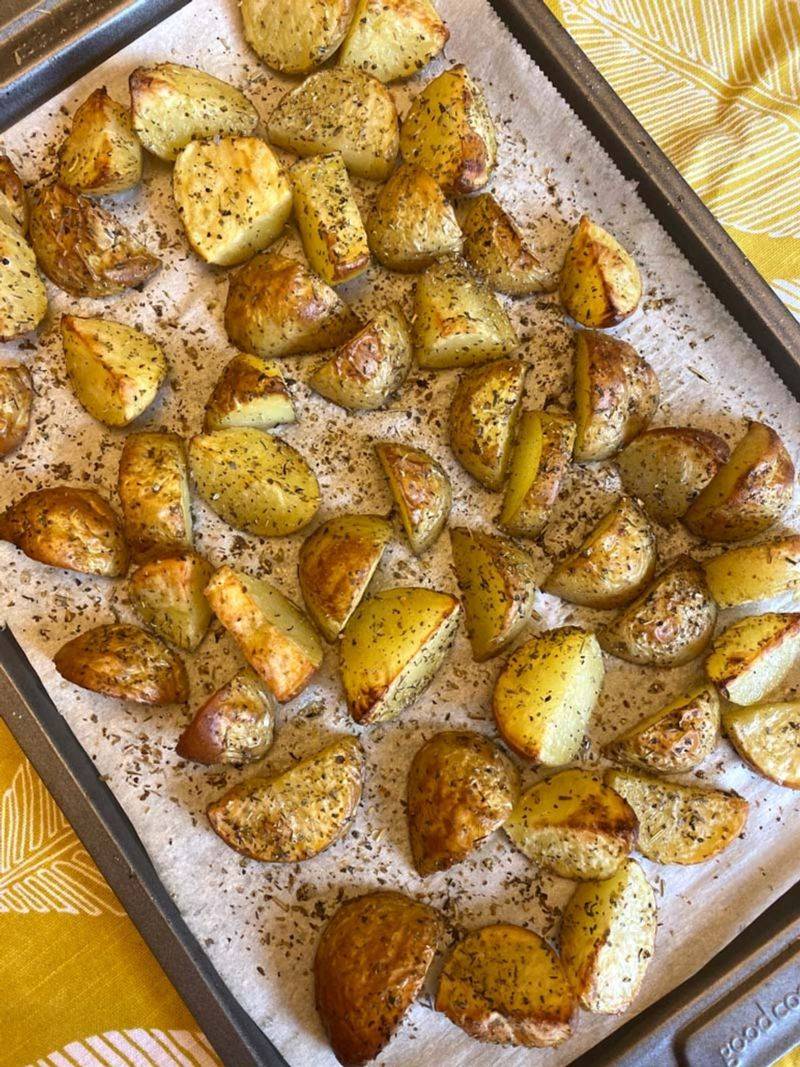
Keeping the skin on your fruits and vegetables during cooking can make a significant difference nutritionally. The outer layers are often rich in fiber, antioxidants, and phytonutrients that get lost when peeled away.
Vegetables like potatoes, carrots, and eggplants boast a large portion of their nutrients right near the skin. Cooking them whole, whether baked, roasted, or steamed, ensures you retain these vital components while still softening the interior.
Not only does this method enhance nutrition, but it also adds texture and depth to dishes. Leaving skins on can reduce prep time, cut down on waste, and deliver a more wholesome eating experience.
6. Roasting at Moderate Temperatures

Roasting at a moderate temperature brings out rich flavors while preserving key nutrients that are often lost in higher-heat methods. Unlike deep-frying or high-temp grilling, roasting allows vegetables to caramelize slowly without destroying sensitive vitamins.
When set between 325°F and 375°F, this method keeps antioxidant levels stable, particularly in root vegetables and cruciferous varieties like carrots, sweet potatoes, and Brussels sprouts. The dry heat also reduces water loss, helping retain mineral content.
This technique doesn’t just protect nutrients—it enhances taste and texture. A well-roasted tray of veggies adds depth to any meal and provides a nourishing, vitamin-rich punch in every bite.
7. Incorporating Raw and Lightly Cooked Foods
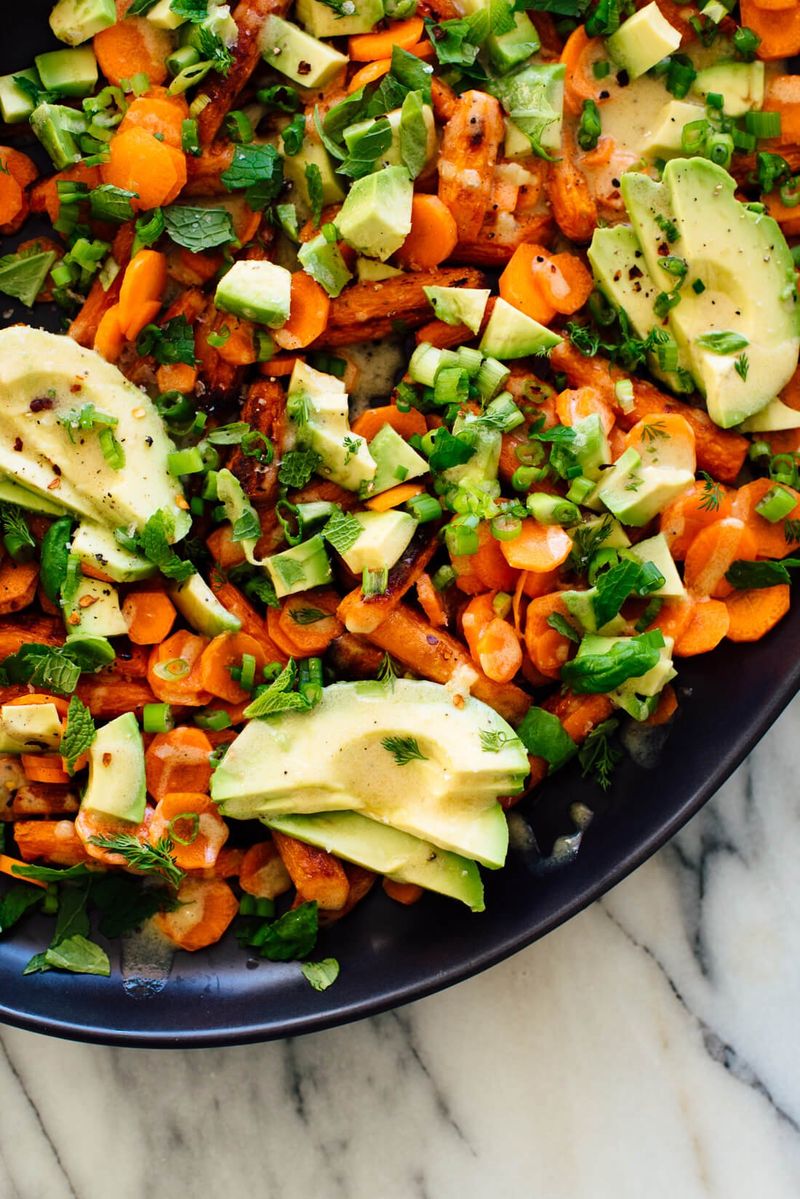
Adding a mix of raw and lightly cooked foods to your diet ensures you capture the full range of nutrients. Some vitamins, like vitamin C and folate, are most potent in their raw form and can be destroyed by heat.
At the same time, other nutrients, such as lycopene in tomatoes or beta-carotene in carrots, become more bioavailable after a bit of gentle cooking. This balance allows your body to absorb what it needs from both ends of the spectrum.
Combining raw salads with lightly sautéed veggies or steamed grains can create meals that are both satisfying and nutritionally diverse. Variety is key to optimal nutrient intake.
Leave a comment